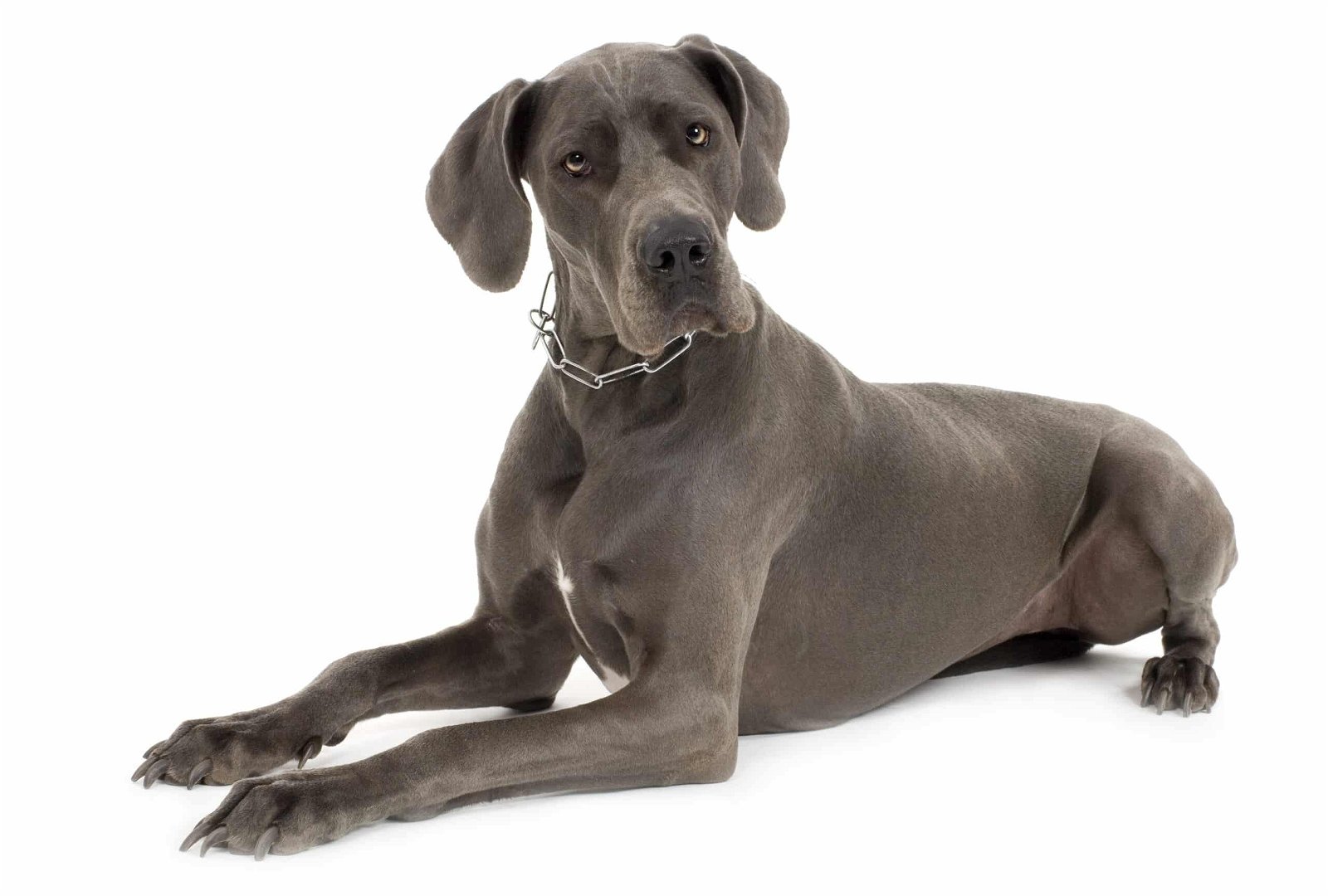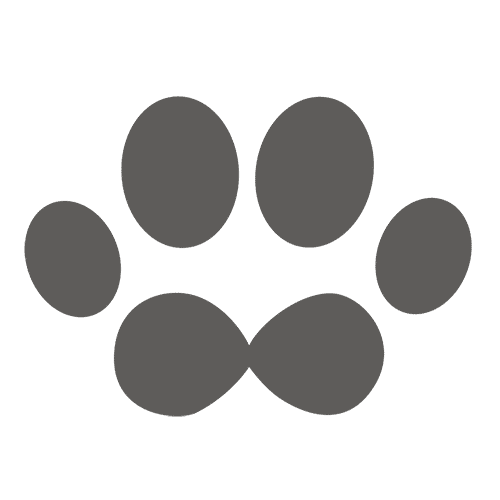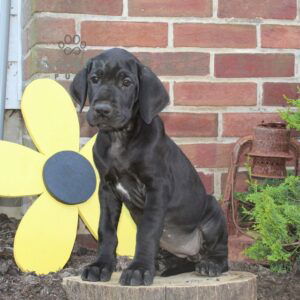Sorry, no puppies of this breed are currently available. Contact us to be notified when more are listed for adoption.
Have a question about our Great Dane puppies?
"*" indicates required fields
overview of the Great Dane Dog Breed
Are you looking for a large, loyal, and loving dog?
Check out our Great Dane puppies for sale below!
Great Danes are one of the largest dog breeds and are known to be friendly and affectionate, as well as alert and protective. Their playful, easy to train, and people-oriented personalities have contributed to their rise in popularity in recent years.
Purchase your Great Dane puppy today and experience the joy of a dependable, affectionate watchdog!
Don’t forget to take a look at our selection of dog breeds for sale as well!
Great Dane temperament
Gentle Giant: The Great Dane is truly a picture of a gentle giant. While these dogs are absolutely massive – don’t let that fool you – they have hearts to match their size. Great Danes are serious snugglers and will probably follow you around the house.
People-Oriented: Great Danes love people! Which is a good thing because an outing with your Great Dane will attract a lot of attention.
Watchdog: If you’re looking for a dog to deter strangers or unwanted animals, there’s no doubt that a glimpse of your Great Dane will send any intruders in the other direction. Despite their intimidating size, Great Danes are not usually aggressive.
Protective: A well-bred and well-socialized Great Dane will be protective but not aggressive. A protective dog will warn you when a stranger is approaching your home but will warm up to the stranger when they see you accepting the stranger. Socializing your puppy is essential to prevent them from becoming aggressive. Expose your Great Dane puppy to a wide variety of situations, so it learns what situations are normal and safe. Puppy classes are an excellent way to socialize your dog.
Reserved with Strangers: While they are friendly and gentle with their families, Great Danes can sometimes be reserved or aloof around strangers. Early socialization can help them become more comfortable with new people.
Intelligent: Great Danes are generally intelligent dogs that can learn quickly. They might need some patience during training due to their larger size and potential for stubbornness.
Easy to Train: Training a Great Dane is absolutely essential, as it’s one of the largest breeds. A 150+ pound dog that pulls on its leash or jumps up on people isn’t just annoying; it can be dangerous! Thankfully, Great Danes are intelligent and people-oriented, which makes them relatively easy to train.
It’s important to provide proper socialization, training, and care for Great Danes to ensure they grow up to be well-mannered and happy members of the family. Due to their large size, they require early training and consistent discipline to prevent any unwanted behaviors that might arise from their sheer strength.
Great Dane Breed history
Great Danes find their ancestry in Mastiffs, Irish Wolfhound, and the Greyhound.
Although Great Dane-type dogs were owned by many ancient people groups, including the Assyrians, Romans, Greeks, and possibly even the Egyptians, the Germans are usually credited for refining the breed into the Great Dane we know and love today.
Great Danes were originally fierce boar hunters. In the late 1600s, German nobles began keeping them as elegant indoor companions as well as estate guard dogs.
Up to this point, the breed was called “English Dog,” “Chamber Dog,” and “The Danish Dog.” In the 1800s, German fanciers of the breed agreed to call the dog Deutsche Dogge, or “German Dog.” However, Italians still call this breed “Mastiff,” and English speakers call it — that’s right — Great Dane.
In the late 1800s, German breeders worked to produce Great Danes with gentle, loving temperaments. Their ferocious, aggressive spirit was no longer needed for hunting wild boar.
The Great Dane we know today is often called a “gentle giant,” and families of Great Danes heartily agree that these huge dogs also have huge hearts.
In 1887 Great Danes were accepted into the AKC studbook, and in 1889, the Great Dane Club of America was formed.
Today, Great Danes are ranked number sixteen out of breeds registered with AKC.
Great Danes are similar to Saint Bernards and Newfoundlands.
Great Dane Average size
Adult male Great Danes are 30-32 inches tall at the shoulder and weigh 140-175 pounds.
Female Great Danes are 28-30 inches tall at the shoulder and weigh 110-140.
As with any large breed, a Great Dane will need more space, more dog food, larger medication dosages, etc., than other dog breeds. Please consider the space, cost, and time required to care for a Great Dane before adopting! Here are five things to consider before adopting a Great Dane.
Average Great Dane lifespan
The life expectancy of a Great Dane is 7-10 years.
Great Dane body features
Great Danes…well, where do we start? There’s so MUCH of them!
As you probably already know, Great Danes are massive! Their size is perhaps the most outstanding thing about them!
A Great Dane’s ears are naturally triangular and hang down on the sides of their face. However, many people have their Great Dane’s ears cropped. This gives the ears a distinct point and makes the ears stand erect. Originally a boar hunting dog, the Great Dane’s ears were cropped to prevent the boar tusks from tearing them.
Great Danes have a short, flat coat which can be black, fawn, blue, brindle, merle, silver, and mantle. Sometimes they have a black mask or white markings. One of the most common color patterns of the Great Dane is a black and white pattern known as Harlequin.
grooming Your Great Dane Puppy
Great Danes have a short, smooth coat and shed minimally most of the time.
However, you can expect them to shed more heavily twice a year. Considering their size, the hair can really add up!
You can brush your Great Dane more often during these times to help the loose hair come out.
Great Danes are generally clean dogs and only need bathing occasionally or when they get dirty.
Your Great Dane will also need its nails trimmed and teeth brushed regularly.
Keeping Your Great Dane Puppy Healthy
It’s important for owners to be aware of health conditions that may affect their dogs.
Here are some conditions that Great Danes are susceptible to.
Bloat, also called gastric dilatation-volvulus, and gastric torsion is a life-threatening condition. While bloat can affect any large breed, it is the number one cause of death in Great Danes.
Bloat is when the stomach becomes twisted, and the gases in the stomach are unable to escape. The pressure from these gases affects the blood flow to the heart, and it can be fatal.
To prevent bloat:
- Avoid feeding your dog right before or after heavy exercise.
- Feed them a few smaller meals a day instead of one large meal to prevent bloat.
- Learn to recognize the symptoms of bloat so you can take action immediately.
Some owners choose to have surgery done to tack their dog’s stomach in place and prevent it from twisting.
Great Danes are also susceptible to some heart conditions and cancer.
You’ll also want to make sure you follow your vet’s instructions for a large breed diet. It’s crucial for correct development in a Great Dane.
You can protect your dog from one of the most common health problems: obesity. One of the best ways to extend your dog’s life is by feeding them the correct amount of food and giving them adequate exercise.
Like all dog breeds, Great Danes are susceptible to hip and elbow dysplasia, two of the most common health issues among dogs.
Hip and elbow dysplasia occurs when the leg or hip becomes weakened, and it can result in arthritis or potential lameness if not addressed.
One of the best ways to prevent this is by keeping your dog from running excessively on hard surfaces, especially when they are puppies.
Typical Great Dane Allergens
Allergens are caused by dander, which is dead skin cells. Both animals and humans shed these dead skin cells. Dander is attached to the fur that dogs shed.
Great Danes are considered moderate shedders. Twice a year, they will have seasons of heavier shedding.
They are not considered to be a hypo-allergenic breed. Regular bathing and brushing your dog can lower allergens.
If you or someone in your home has animal allergy concerns, please consult your health provider before adopting a puppy.
- 1. Do Great Danes make good watchdogs?Yes, while they are not usually aggressive, Great Danes are vigilant dogs. They will let you know if anything is wrong. Plus, just the sight of a Great Dane, no matter how lazy or friendly, is enough to deter intruders!
- 2. Are Great Danes hyperactive or overly exuberant?Great Dane puppies have plenty of energy, like all young dogs. They may knock things over for a while. However, most Great Danes will outgrow this puppy phase and mature into pretty laid back, moderately active adults. It’s a good idea to supervise Great Dane playtime though. If they get even a little exuberant they can accidentally cause damage to kids or property simply because they are so big.
- 3. What is the worst part of owning a Great Dane?Unfortunately, Great Danes can be a little gassy. However, it does give you someone to blame your own accidents on.
- 4. Is a Great Dane a good first-time dog?It’s possible to do well with a Great Dane as a first-time dog. But if you aren’t very confident with dogs yet it may be easier to get a smaller dog. If they aren’t well-trained Great Danes can be a pretty big handful to deal with.
- 5. Do Great Danes do Ok as indoor dogs, or are they too big?Raising an energetic Great Dane puppy in close quarters may be challenging, but it’s perfectly possible to keep a Great Dane indoors. Adult Great Danes usually don’t need more exercise than one short walk a day and they don’t need wide open spaces all the time. However, their huge size does add a bit of a challenge to keeping a Great Dane in a very small apartment. They may seem like a bull in a china shop just because there is so much of them.
- 6. How much exercise do adult Great Danes need?Adult Great Danes are moderately active, but they are also notoriously lazy. A well-socialized and well-trained Great Dane should be content with one good walk per day.
- 7. How much does it cost to keep a Great Dane?Make no mistake, it’s not cheap to keep a Great Dane around the house. According to some it could cost you roughly $75-$200 per month.
- 8. What are Great Dane “zoomies?”Sometimes Great Danes will get a fit of the “zoomies.” When a Great Dane gets the zoomies they will suddenly start sprinting around frantically, sometimes going in circles, jumping over things, or tripping over their own large feet. It’s a way of letting out pent up energy. The zoomies can be amusing to watch, but needless to say they are better off performed outdoors. A Great Dane with the zoomies can wreak some major havoc in the house. It seems that the best way to deal with zoomies is to just weather the storm. Keep small children out of the way and warn any strangers in the area. Your Great Dane won’t try to hurt anyone, but he forgets how big he is sometimes.
- 9. Are Great Danes lazy?Yes, although they love to play and may get an occasional fit of the zoomies, Great Danes can be major couch potatoes.
- 10. Are Great Danes easy to train?Some Great Dane lovers say that some individuals can be pretty stubborn, but on the whole Great Danes are eager to please and love spending time with their masters. With patience and time, training should go well.























